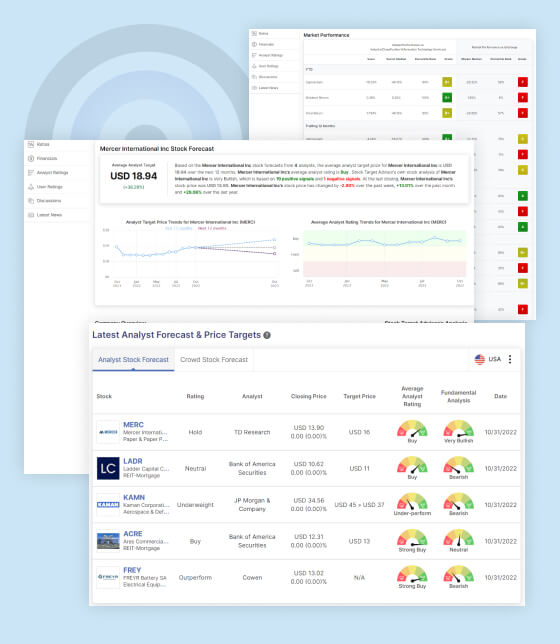6 Investing Tips
Let’s face it, watching a live, second-by-second stock chart can be a hypnotizing experience.
Observing the seemingly arbitrary oscillations of a stock’s chart’s movements—seeing the price rise and fall—can feel all too much like a rhythmic dance.
For those with a lack of adequate knowledge of stock analysis, this dance can be particularly intoxicating, especially if your money is on the line.
But be aware: investing in a stock with no prior knowledge of its inherent value is very much like taking a gamble. But with much worse odds.
The sad truth is that most casual investors, about 80% of them, lose money over their first 12 months of investing in the stock market.
In the guise of making people feel like they’re getting rich, a lot of institutions and investment agents also draw new people into the trade. As such, it’s important to equip yourself with the knowledge to avoid falling for any sham investment.
Despite all the negative buzz surrounding the stock market, it’s still very much possible to reap a profit through stock investing. You just have to be very strategic and knowledgeable about the investments you’re making.
Without further ado, here are six tips on how you can bring your stock analysis skills to the next level.
Assess Stock Liquidity and Volume
An asset’s liquidity and trading volume are key aspects of a stock’s inherent value. It shows how active the market around the stock is, as well as how volatile the prices can shift whenever large trade deals happen.
As an investor, you want to invest in a stock that’s seen as generally illiquid. This can help prevent you from facing massive market fluctuations based on the movements of only a few key players.
It’s also vital to understand how market volume and market price interact with one another. For instance, increasing volume and price indicates a healthy and strong stock presence with plenty of investors buying in. A decreasing price with increasing volume may indicate selling pressures. A decreasing price and decreasing volume indicate a sell-off. Sites like Moomoo Australia have great tools to help you assess this information.
Always know what your exit strategy is before even entering the market. This way, you won’t end up being too greedy and end up suffering from major losses in case your investment turns south before you can act.
Contextualize The Price-to-Earnings Ratio
A good measurement to pay attention to when uncovering a stock’s valuation is a stock’s price-to-earnings, or P/E, ratio.
This ratio measures how much investors are willing to pay divided by the earnings in dollar value.
The average P/E ratio is about 20 to 25, depending on the industry.
When this ratio of your stock is higher than 25, it can generally indicate an overvaluation or positive anticipation from investors for future growth.
Conversely, when the ratio is lower than 20, it can indicate that investors are sceptical about the industry’s or stock’s growth. It could also be a simple undervaluation.
Context is everything when analysing P/E ratios, and investors will still have to look at other variables to get a clear picture of a stock’s worth.
That said, it’s not something to neglect either, as it’s a useful indicator for making educated decisions.
Identify Trends with Moving Averages
When analysing stocks, a critical factor to consider is what the moving averages of the stock look like.
The simple moving average (SMA) is the most intuitive type of graph to comprehend, with different types covering different periods, such as the 50-day moving average, the 200-day moving average, and so forth.
That said, there are also more complex averages like the exponential, triangular, weighted, and variable moving averages that can influence your stock investing decision. These technical analysis indicators differ based on the data points used when placing value on the stock.
When a stock price crosses its moving average line, it can signal a potential entry or exit point and prompt investors to make an investment decision; that is, to buy a stock they’re eyeing or to sell at a respectable profit.
Analyse Dividend Yield Potential
If you invest in a dividend-yielding stock, you don’t only get the stock’s growth returns from your initial investment.
You also become eligible for the dividends that the company pays out, which is an amount that’s relative to the price of the company’s stock value.
As enticing as it sounds to pick a stock with the highest historical dividend yield, however, it’s important to look at the full picture of the stock.
A high dividend rate may indicate that the company providing it has a falling stock price. It may also indicate that its longevity is compromised in some form.
As such, be sure to take into account the stability of the dividend payout over time.
This way, you can be sure that your dividend-yielding stock investment is a consistent enough stock to add to your portfolio.
Incorporate Sector Rotation
Moving away from the technical side of things, it’s important to take a look at a macro level and understand the ongoing market conditions. One way to evaluate that is by looking at how your stock’s industry is faring with other industries in the global market.
The process of looking at these market sectors and seeing how they affect your stock’s underlying sector is sector rotation. This belief is based on the notion that sectors perform in various phases at any given time, whether it be growth, peak, recession or recovery.
For instance, tourism may boom during expansion phases, whereas healthcare would likely boom in times of medical emergencies (like the COVID-19 pandemic).
Being aware of ongoing momentum switches can help you tailor your investment approach more proactively, which can lead to more profitable asset diversification in the long run.
Apply RSI and MACD Indicators
There are two other technical indicators that investors can consider to improve their stock investment analysis: the Relative Strength Index (RSI) and the Moving Average Convergence Divergence (MACD).
The RSI helps investors see if a stock is priced too high or too low by looking at how fast its price has been changing. The MACD complements the RSI indicator, helping pinpoint price trends and showing whether it can get better or reverse.
When utilised together, these two indicators can help gauge market momentum and identify potential value mismatches, which can help you as an investor make better financial decisions when choosing a stock.






























